
Platform reviewed: PS5
Available on: PS5, Xbox Series X|S, PC
Release date: November 6, 2023
The Invincible puts you in the boots of an astrobiologist on the barren planet of Regis III. Embarking on a journey of tense discovery and exploration, you'll quickly discover that mysteries abound on the planet. You'll need to unravel what happened to your crew, and what's causing the strange events on the planet. You have no choice but to press on in this and delve deeper.
The game is a hard science fiction story about space exploration, the ‘future’ role of robots, artificial intelligence, and the potential self-propagation of machines. It also touches on themes of humans’ approach to space exploration and our (often skeptical) view of anything alien to us. This all makes for a deeply intriguing setup and fine video game story material - and it comes from a novel.
Based on a 1964 book of the same name by Polish writer Stanislaw Lem, The Invincible is a first-person adventure thriller game from developers Starward Industries that brilliantly deploys its source material into video game form. Large portions of it translate extremely well, such as the Atompunk aesthetic (a retrofuturistic art style heavily influenced by the space and atomic ages), the Soviet-styled spaceships and exploration tools, and the mysterious, unraveling story of a planet’s secrets.
But for all it does well, it doesn’t all transfer perfectly. Some moments are slowed by sluggish pacing, several puzzles feel crowbarred-in and overly simplistic, and there are a fair number of empty spaces, that detract from an otherwise gripping game.
In the name of science
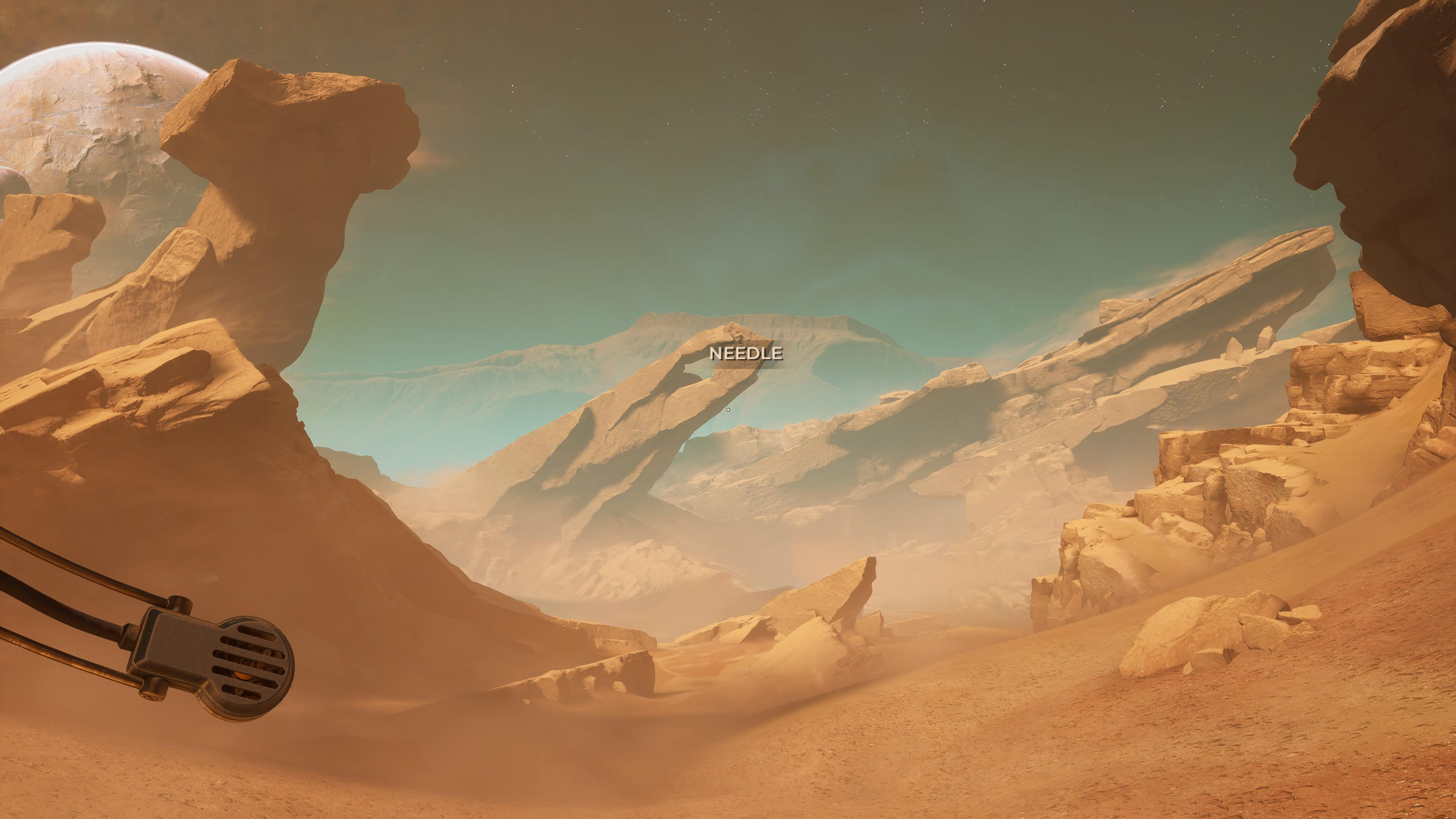
Taking control of astrobiologist Dr. Yasna, of the spaceship Dragonfly, the game’s pace, sensibilities, and story-driven nature are quickly apparent. Setting out to find the rest of her crew on the seemingly barren and lifeless plant of Regis III, Yasna’s journey is steadily paced, and she gets by relying on her methodical brain and science-driven approach - as well as a few tools and characters.
You spend The Invincible in Yasna’s spaceboots as she attempts to unravel the planet’s mysteries. The most pressing of which is what has happened to her fellow crewmates. Scouring parts of Regis III for those crewmates starts a journey of discovery, scientific curiosity, and a lot of tension.
You’ll largely do all of this alone as Yasna but are helped along the way by Firewatch-esque comms with Novik, the Dragonfly’s pilot, who is regularly on call to give orders and directions, but also conversation and discussion.
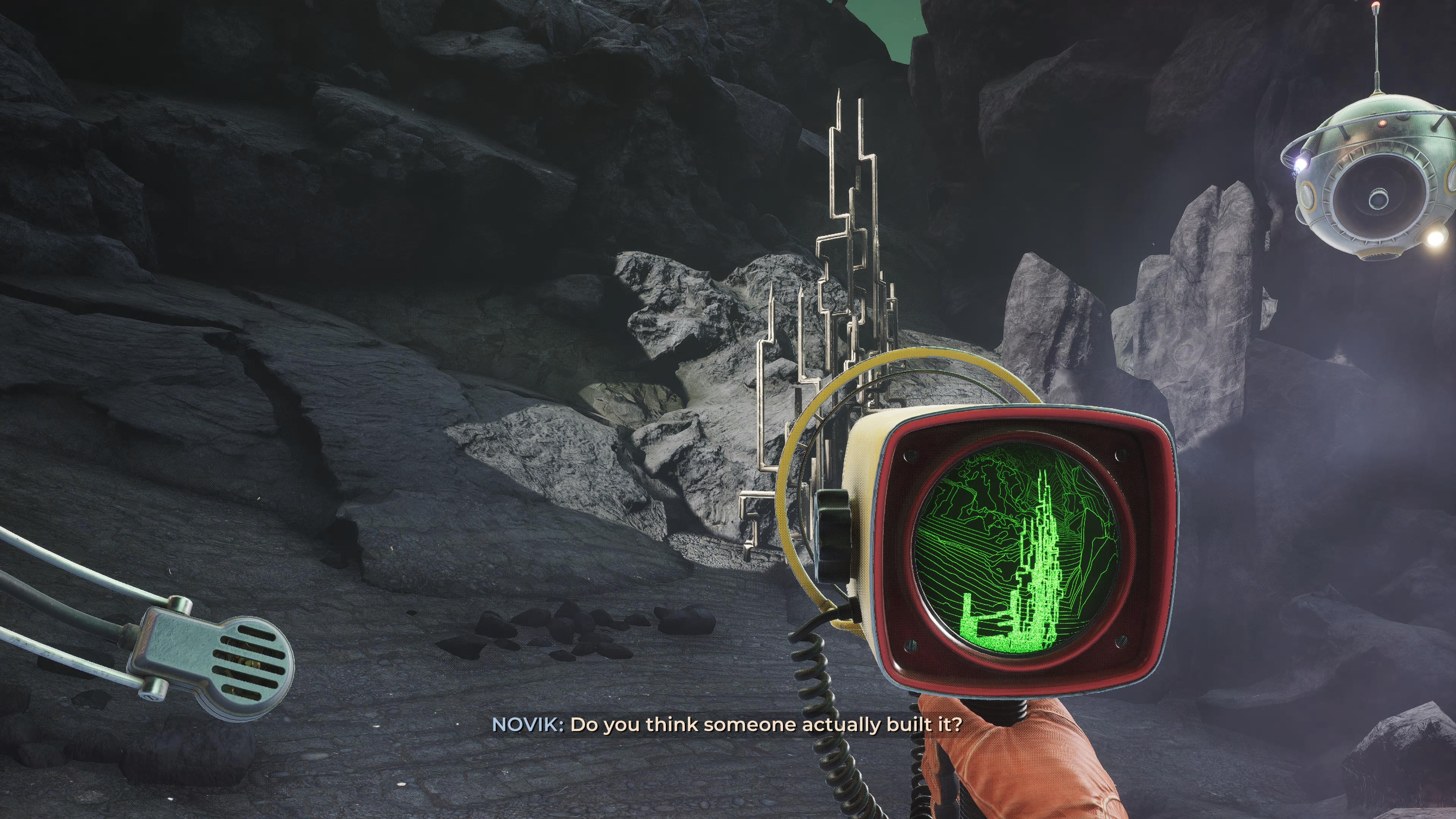
Using Yasna’s bag of tools to investigate different areas is a joy; from the alien-structure finding metal detector or even the graph-paper map. These are all beautifully realized and bring a real sense of authenticity and style to the game.
These chats, as well as the ones that Yasna has with herself, a few flashbacks, and Yasna’s steady exploration of the planet are how the bulk of the intriguing and at -times - gripping story is delivered. It’s a malleable narrative too; Yasna almost always has dialogue options that can alter the kind of conversation or tone of reply she can give (some are timed too) - and a number of these can only be had if you’ve found items in exploration before discussions. However, despite being a slow unraveling, as the story unfolds it can get a little hard to follow, especially when the sci-fi and science get to their ‘hardest’.
Yasna herself is a very likable protagonist; she demonstrates genuine emotion and feeling, and I found her easy to relate to. This could be, in part, due to her superb voice-acting, with every line delivered with intent and believability. She narrates most of her actions but this is never annoying and also acts as her means of carrying out her mission; by reporting on everything she sees, discovers, and has a scientific opinion about.
Our protagonist also has a lean but very cool toolset. These toys are science-focused, naturally, but all are enormously useful - and also beautifully crafted and implemented in their retro-futuristic aesthetic. For example, the tracker has pleasing concentric lights that illuminate and change position according to your proximity to a beacon, and the metal detector works like a simple but satisfying X-ray machine, giving you a view of what’s beneath the skin of Regis III - and both look exactly like they’ve dropped into Yasna’s palm from a 1960s sci-fi movie.
Invincible by name
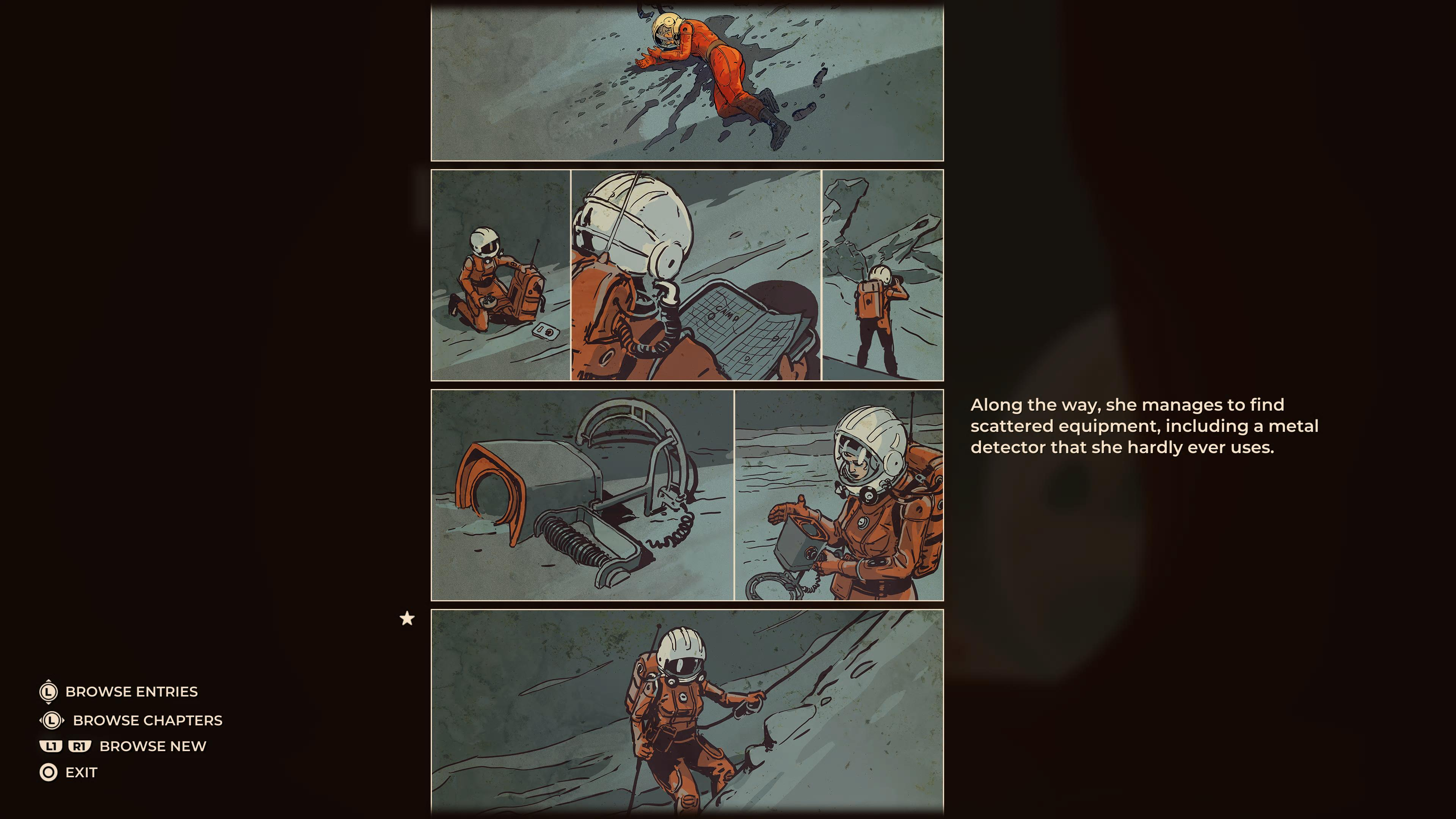
The Invincible is at its strongest and most successful in its broader brush strokes. The Atompunk aesthetic and the overall 60s sci-fi movie feel of the game are excellently done. Everything from the look and finish of the spaceships or internal quarters of camps to the shapes and movements of robots, and from the music that accompanies you throughout, to Yasna’s sketchbook and the comic book summaries that you collect and build along the way are exquisite, all executing the hard sci-fi aesthetic the game’s inspiration demands, ensuring it is a brilliantly faithful, effective, and sleek representation of the source material.
At times, there’s also a great sense of isolation and loneliness - and the fear that that brings. The Invincible is not a horror game, I should hasten to add, but at times the tension of what you might find around a corner, through a cave, or as you approach a familiar-looking spacesuit from a distance is palpable. It is excellently tense and gripping at times and it can build tangible feelings of tension and suspense, especially when Yasna only has those few tools to hand.
Successfully offsetting that loneliness and isolation is Yasna’s determination and desire to keep learning and making scientific observations and discoveries as an astrobiologist. She takes this approach both in terms of finding out what happened to her crew, and also what mysteries of Regis III lie across the planet. Even though she only has a few items at her disposal, there’s some great satisfaction to be had when she explores, explains hard science simply, or even puts it into action - at the beginning of the game she triangulates her position to locate herself on the map, and make it a functional tool for the rest of the game.
Not quite invincible by nature

However, some elements of The Invincible let it down. The slow pacing of the story, combined with Yasna’s steady movement, is very slow at times; though it can provide an opportunity to decompress or process the story or exchange that Yasna has just had, a lot of the time there are just prolonged stretches of nothing.
Exacerbating this are the empty spaces on Regis III, of which there are many - too many. The world simultaneously also reveals that, well, there’s not much to do on or interact with on Regis III - and there’s not even much that Yasna can do to interact with anything given the very simple mechanics and controls. This point is, of course, something that can be present in this genre of game, but with such a cool, hard sci-fi setting and backdrop, it’s a shame Yasna can’t just do much.
When there are things to discover, piece together, or solve a puzzle, everything is very simple and nothing is particularly engaging or stimulating. It’s often a case of looking around for things to interact with and letting some voice lines play - ad infinitum. While a lot of these spaces have gorgeous galactic vistas behind them that are exceptional and very beautiful, the emptiness within them is glaring.
The encouragement of exploration to fuel later dialogue choices, the aesthetic and faithfulness to the source material, and Yasna and her communications with Novik all shine
Overall, while there’s a lot to like about The Invincible, a few frustrations are detracting from the experience. The encouragement of exploration to fuel later dialogue choices, the aesthetic and faithfulness to the source material, and Yasna and her communications with Novik all shine in particular. It’s only seven hours or so so it’s quite concise as a video game adventure experience, and will still scratch the story-driven walking-sim itch for many.
And while the story raises the eyebrow and genuinely piques interest with some of its bets and themes, it wanes a little in places and is hard to follow. There’s also not much to play with in terms of literal controls but also mechanics or puzzles, and a lot of the empty spaces of the Regis III are, well, empty. These grievances build up throughout the game and leave it a few steps from being something truly memorable, despite being a great encapsulation of source material and a fine video game adaption of a novel.
Accessibility features
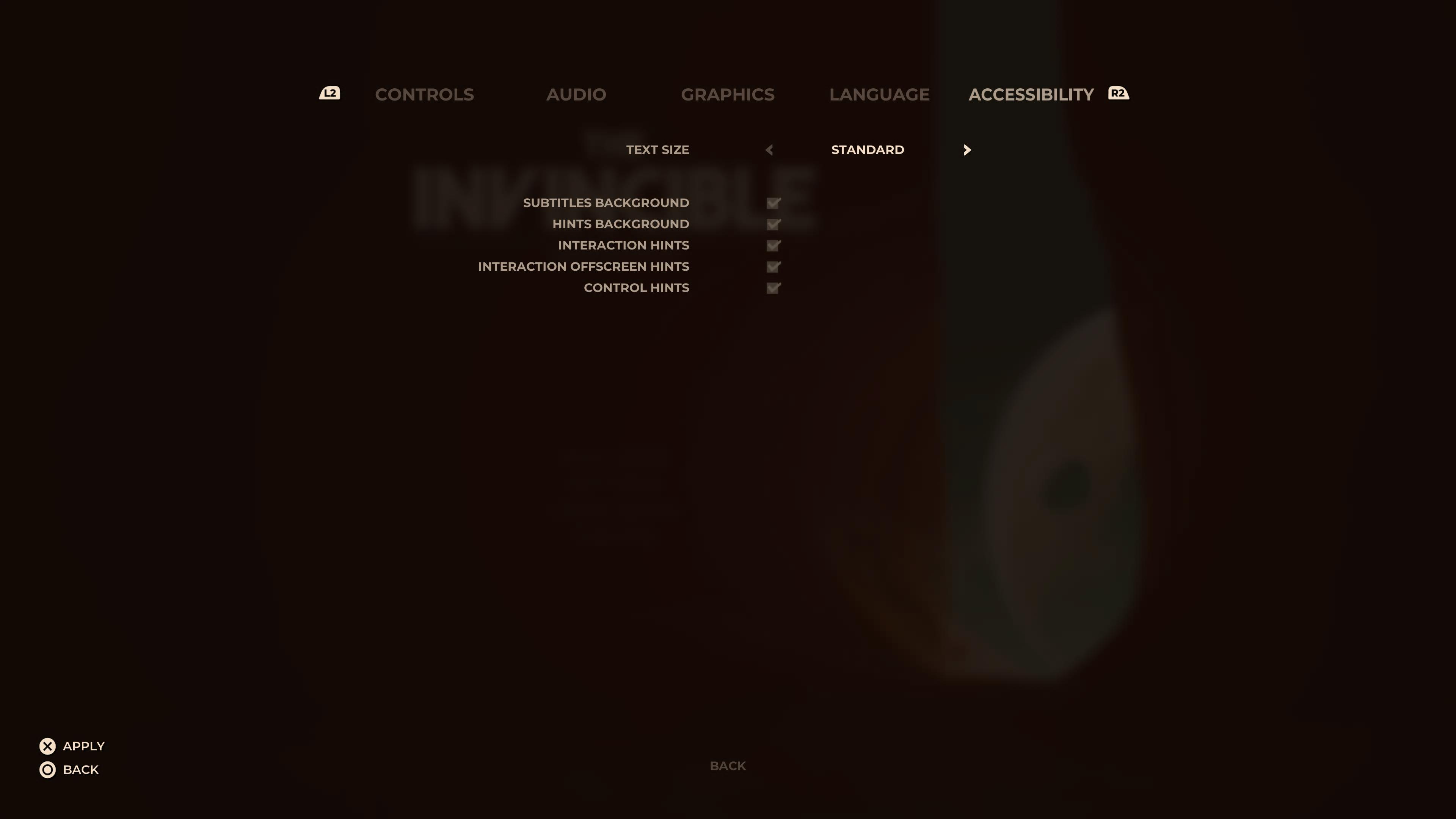
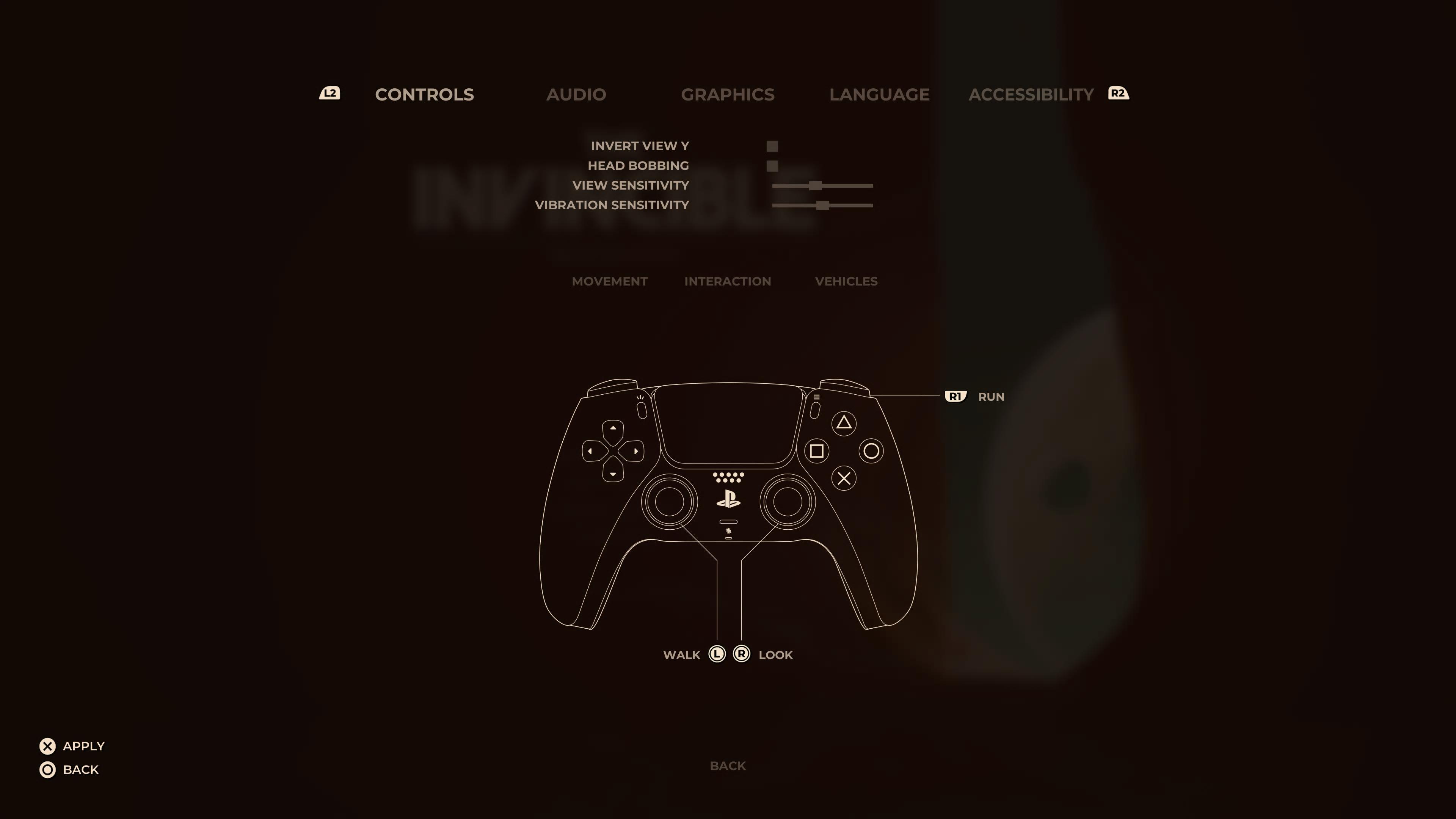
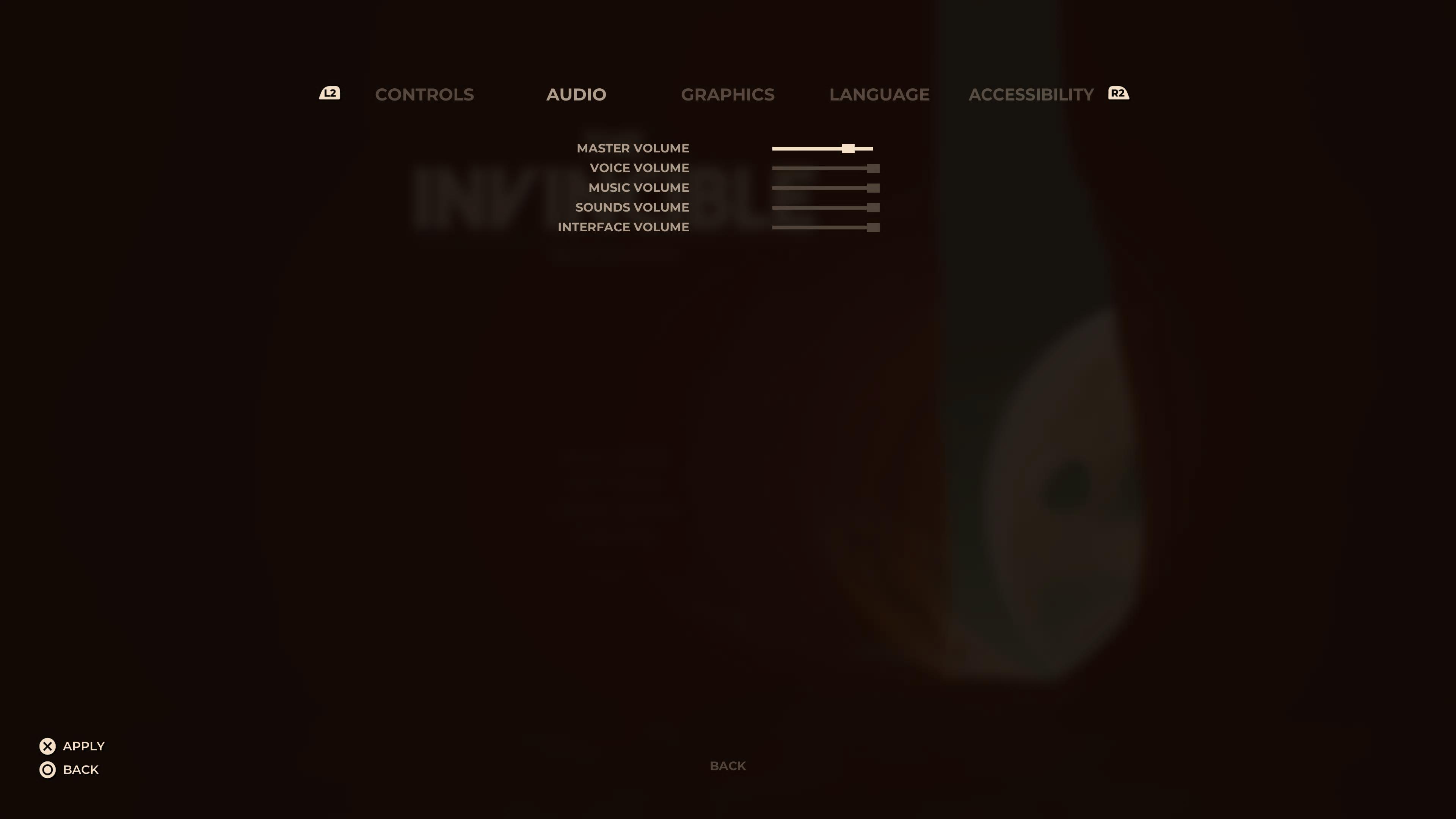
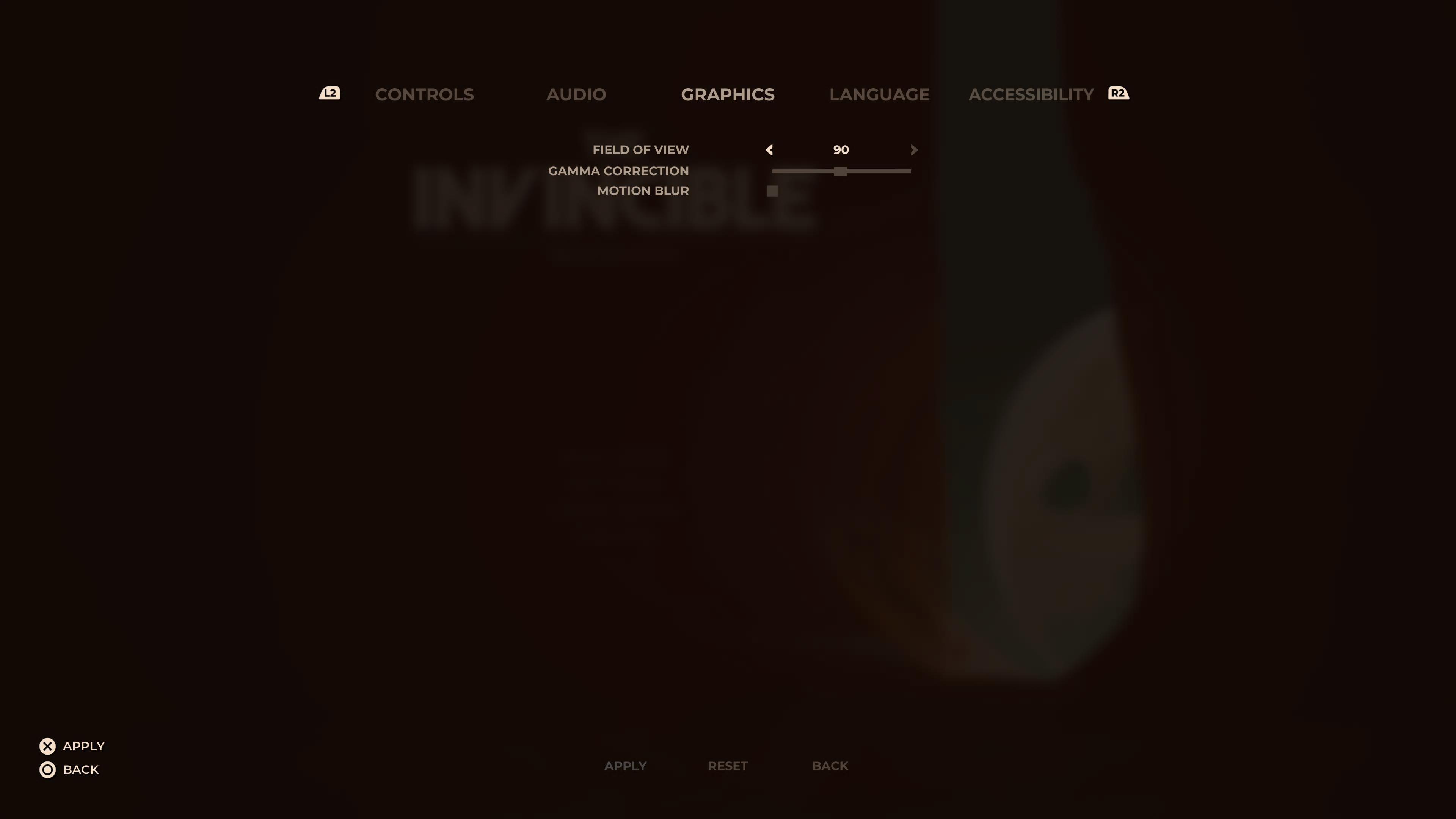
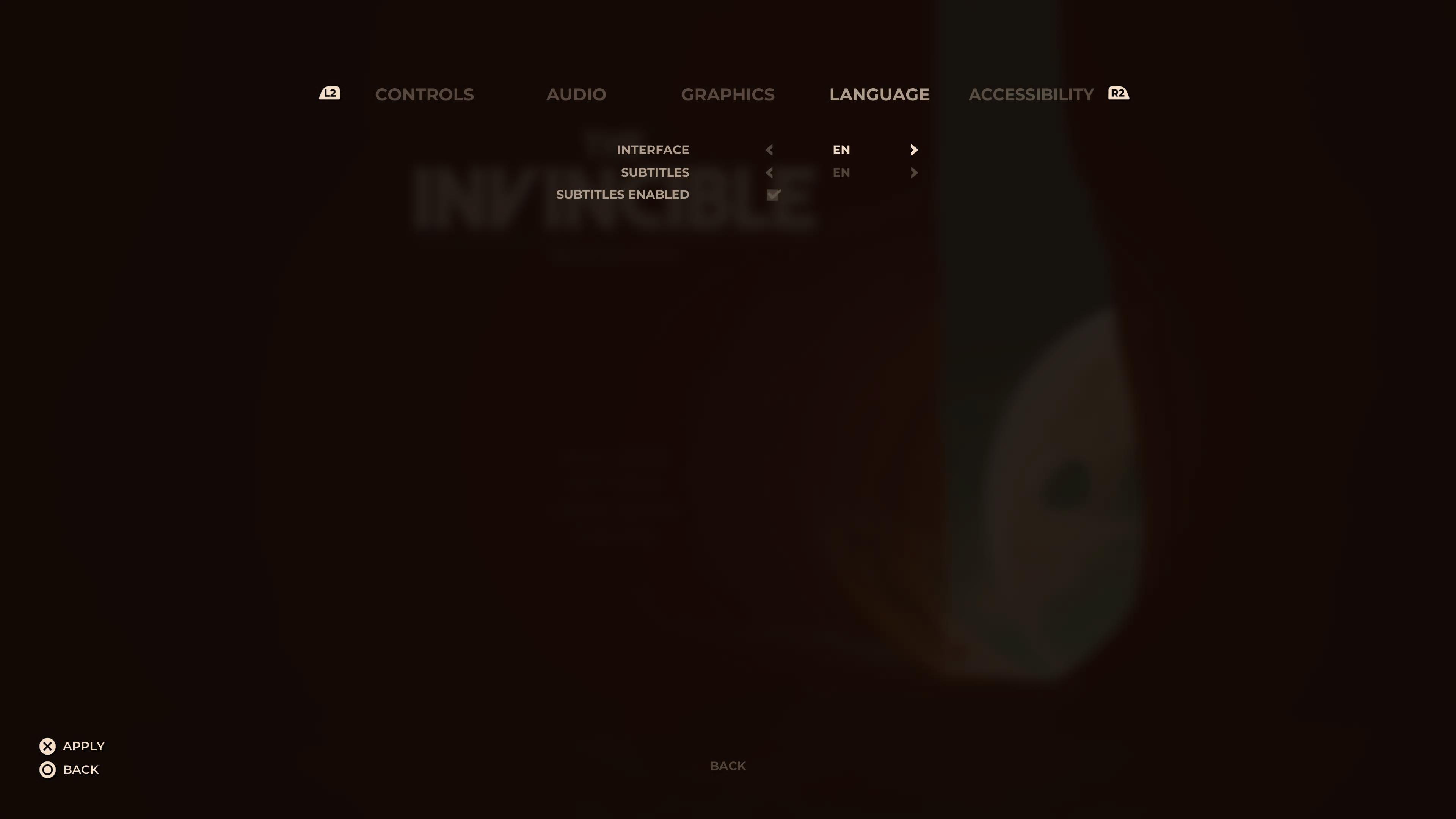
There aren’t many accessibility features at all in The Invincible, however, the option to change subtitles is a particularly helpful one in-game. There is a dedicated accessibility menu in the game but these are mainly based around in-game help and hints that can be toggled on or off.
How we reviewed The Invincible
I played The Invincible on PS5, and it took about seven hours to complete the whole story and a fair chunk of exploration. I played the game on a Samsung Q6F 4K TV and experienced the audio with a soundbar as well as a gaming headset at times.
Looking for more narrative-focused adventures? Check out our guides to the best story games, while some of the best indie games shouldn’t be overlooked for what they can offer in narrative too.







